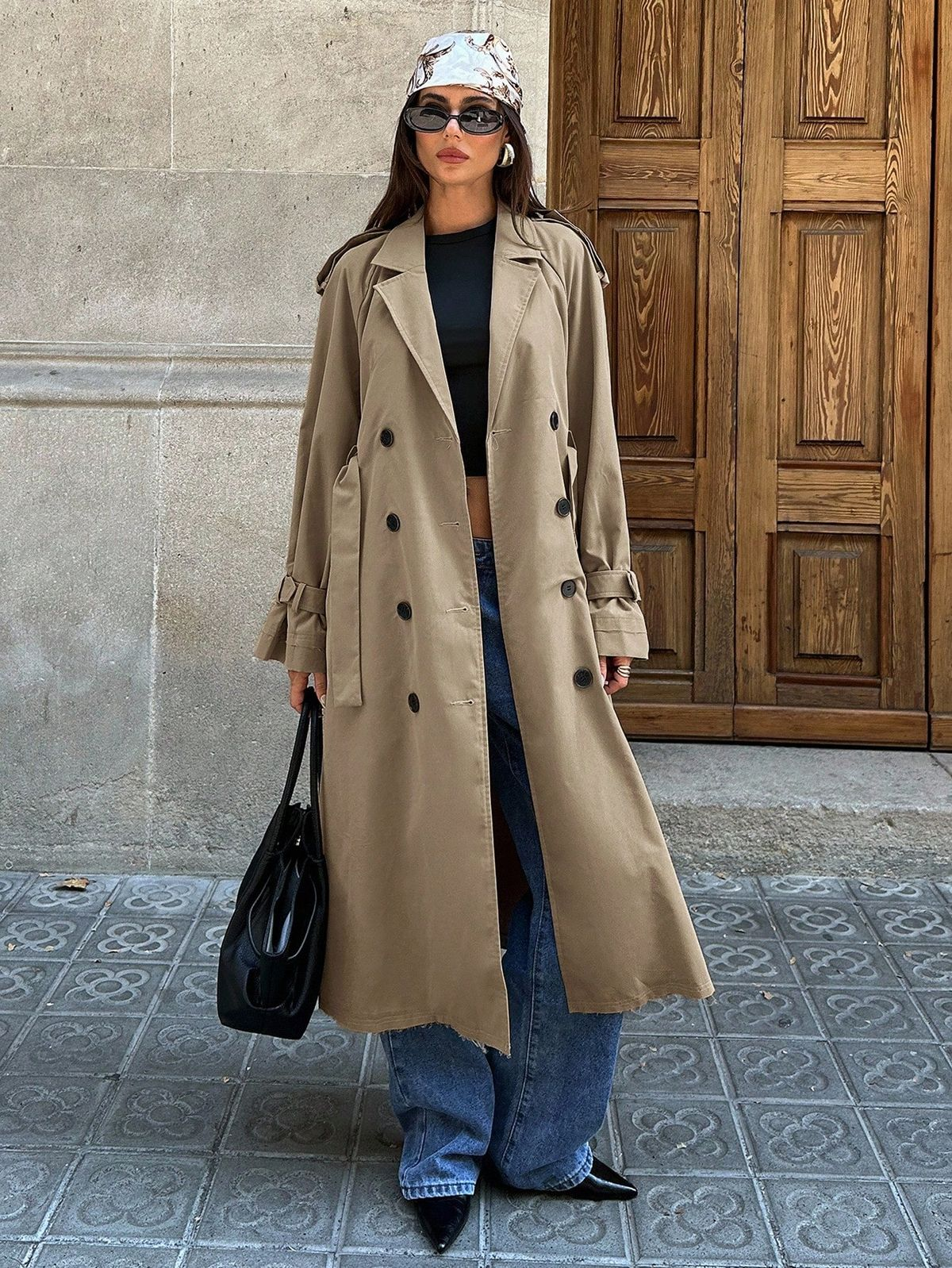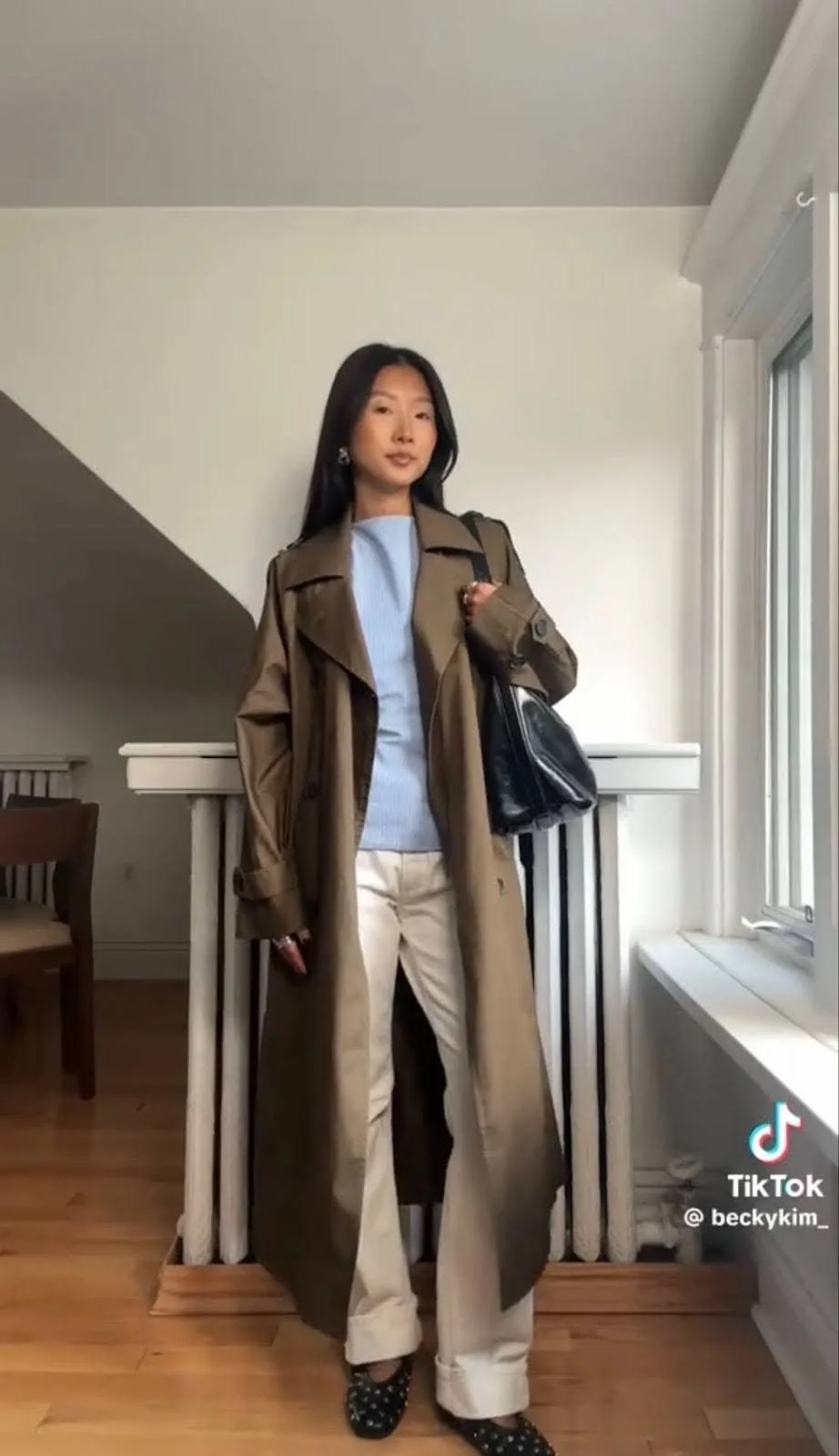The Globalization of Fashion Trends: How TikTok Affects Our Shopping
Written by Ana Massoglia
Fashion is no longer centered in Paris or Milan – it lives a tap away on your For You page. The growth of TikTok, launched in 2016, has taken the world by storm. With over 1.58 billion monthly active users worldwide, TikTok has quickly become one of the most powerful social media networks. The growth of TikTok has permanently altered the way consumers view fashion and shopping. Shopping, once a slow, in-person experience driven by elite designers and magazines, has morphed into an endless stream of micro-trends, aesthetics, and “must-have” items at the tip of your fingers on TikTok. This circulation of fashion has led critics to suggest a rise in homogenized aesthetics, a world where individuality is lost and everyone buys the same products and wears the same things. Furthermore, the rapid circulation of trends has led to increasing issues of overconsumption, as the world’s consumers purchase around 80 billion new pieces of clothing every year to remain relevant with what is trending online (Maiti, 2025). TikTok has globalized our discovery of fashion and reshaped how shopping is done.
The fast-moving effects of TikTok are hard to look past. One week, everyone is dressing in “clean girl” neutrals with slick back hairstyles. The next week, they’re in vintage Y2K outfits and low-rise jeans. These quick changes in aesthetics and emphasis on micro-trends–small, specific, and short-lived shifts in consumer behavior–are too much for consumers to keep up with. TikTok favors content that is familiar and pleasing to the eye. For users, TikTok relies on evaluating how much time is spent watching each video to steer viewers toward videos similar to that (Smith, 2021). The resulting algorithm, which cycles trends, is stifling individuality and making discovery of new styles more difficult. Now more than ever, the likelihood of having the same clothing as somebody else is a commonality rather than a rarity. Modern shopping experience involves influencers promoting an item of clothing on TikTok, and the world having it ordered with the click of a button.
Let’s look at trench coats, for example. Originally a staple of sophistication from Britain in the late 19th century, it quickly became a TikTok trend in late 2024. The outfit of a beige trench coat paired with jeans and flats was then replicated thousands of times by consumers. The nature of TikTok’s videos made people feel like they needed a trench coat to fit in with everyone else– a pattern repeated again and again with every new trend that hits our feeds.
Not only has our shopping become far less personal and individualistic, but TikTok has also contributed largely to the issues of overconsumption that plague the fashion industry. Keeping up with every changing trend is nearly impossible, and by the time people have purchased a trending item, the market has shifted its focus to some other piece of clothing. The rise of TikTok-driven trends has normalized buying clothes for short-term use, oftentimes wearing them once for a post, and then discarding them after. Because of this, TikTok contributes directly to Fast Fashion – the rapid production of inexpensive clothing in response to current trends. The constant turnover of fashion trends on TikTok and the current “must-have” items directly correlate to purchasing more clothes, and their quick waste as styles change. With 85% of textiles ending up in dumps each year, more and more attention is being drawn to the sites that contribute to this type of consumption (Maiti, 2025). TikTok reinforces these extremely unsustainable shopping habits, and overconsumption is one of the results.
In recognizing our own consumption habits and how they relate to the social media we consume, we can push ourselves to rediscover our own personal style and shop more sustainably in 2025. My current TikTok For You page is projecting cropped trench coats to be the incoming trend of Fall 2025. However, taking a moment to pause while consuming to ask myself if these styles really feel like me, is how consumers should approach shopping. Fashion is about personal expression and comfort, not replication. By considering what effects social media like TikTok can have on our shopping habits, we can begin to recreate our style to reflect ourselves, rather than our feed. That should be the trend in 2026.
Edited by Polly Drebin, Ava Palmieri, Claudia Rothberg and Isabella Zapata
Sources:
Smith, B. (2021, December 5). How TikTok reads your mind. The New York Times. https://www.nytimes.com/2021/12/05/business/media/tiktok-algorithm.html
Maiti, R. (2025, January 20). The environmental impact of fast fashion, explained. Earth.Org.https://earth.org/fast-fashions-detrimental-effect-on-the-environment/




